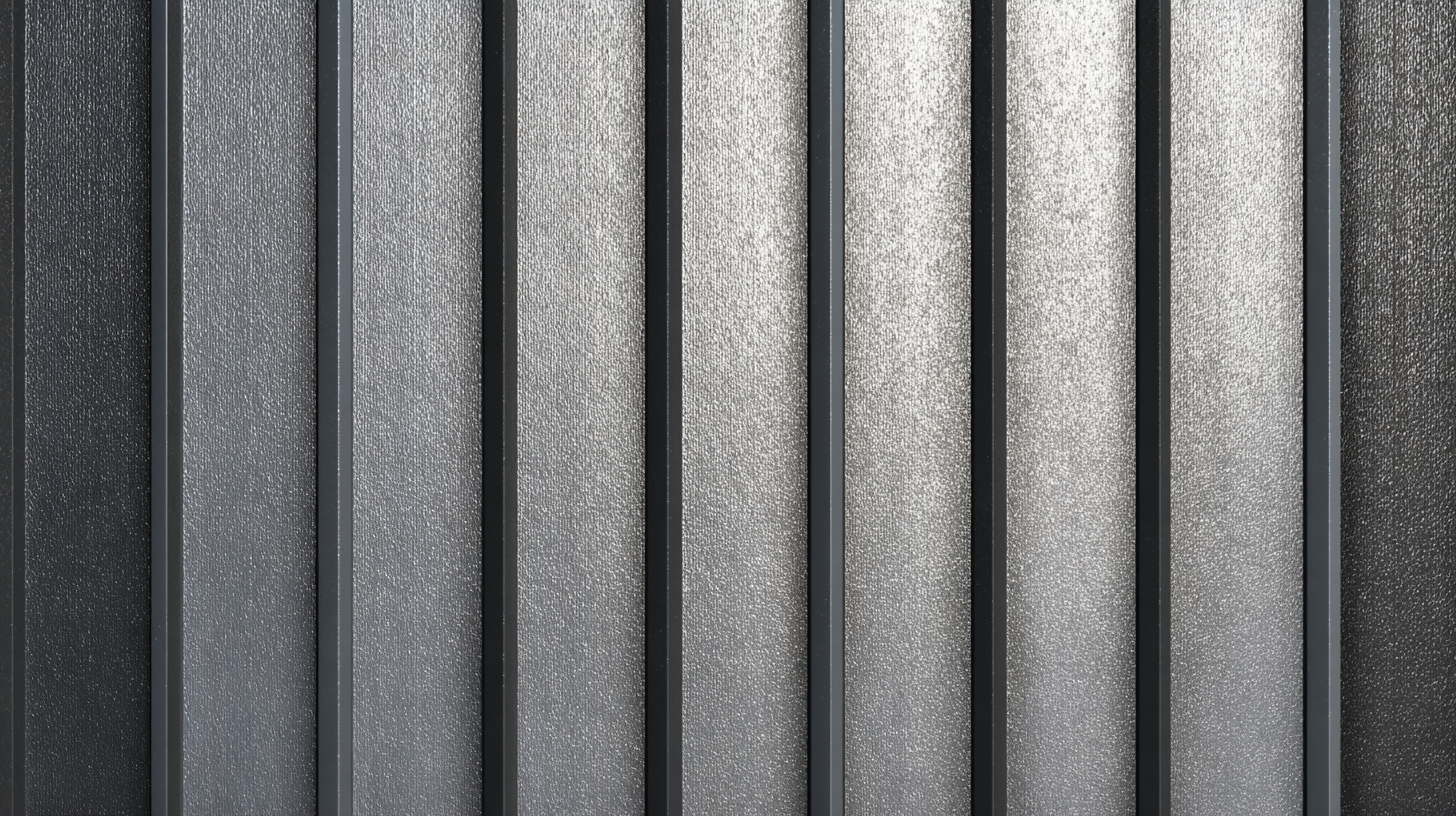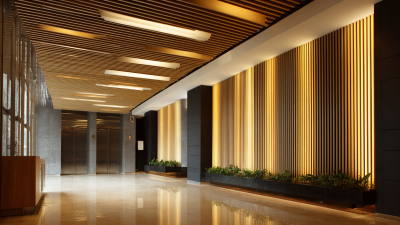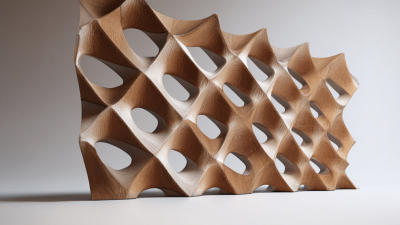In the competitive world of construction, choosing the right materials is crucial for both aesthetic appeal and long-term durability. Cladding wall panels have emerged as a popular solution, offering not only visual enhancement but also vital insulation properties that significantly contribute to energy efficiency.
According to a recent report by Grand View Research, the global cladding market is projected to reach $327.2 billion by 2028, with an increasing demand driven by sustainable building practices and the growing trend of façade innovation. These data emphasize the necessity for construction professionals and homeowners alike to consider the advantages of cladding wall panels.
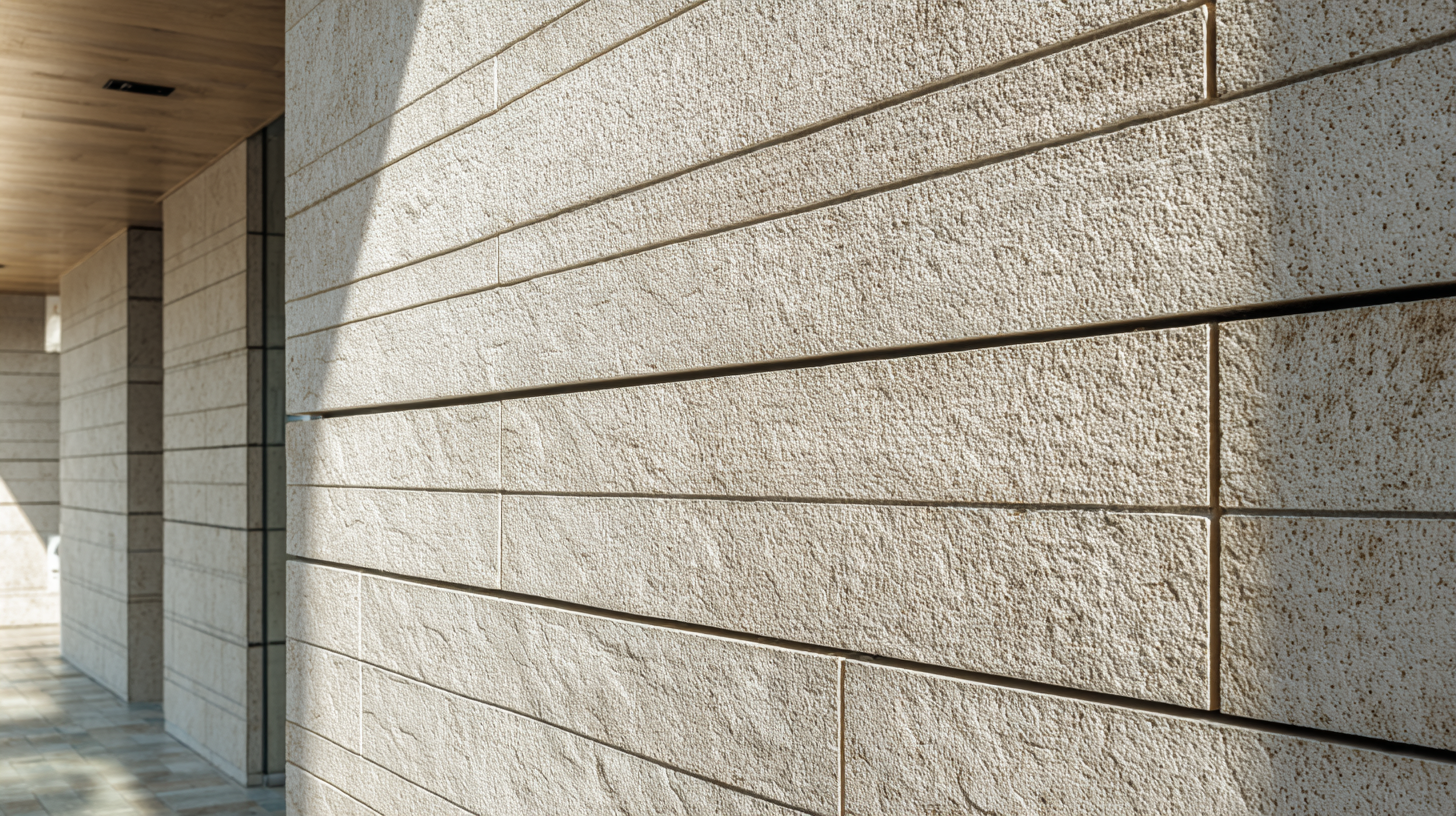
In this blog, we will explore the seven best cladding wall panels that not only meet the demands of durability but also elevate the overall aesthetics of any building project, all while providing essential insulation benefits.
When selecting cladding wall panels for your construction project, durability is a crucial factor that significantly impacts both aesthetics and insulation. The right cladding material can withstand harsh weather conditions, resist decay, and maintain its integrity over time. Consider materials such as fiber cement, metal, or high-quality vinyl, which offer robust protection and longevity.
Tips: Always assess the climate and environmental conditions where you live. For instance, coastal areas may require rust-resistant materials, while regions that experience heavy snow might benefit from materials that handle moisture well. Additionally, ensure that the
cladding is installed correctly to prevent moisture buildup behind the panels, which can lead to structural problems.
Another key consideration is insulation. Choose cladding materials with good thermal performance to enhance energy efficiency in your building. Insulated panels can provide an extra layer of protection against temperature fluctuations, reducing heating and cooling costs. When assessing options, remember to evaluate the R-value (insulating effectiveness) of the material, ensuring it meets your energy efficiency goals.
When choosing cladding wall panels for construction, it's essential to evaluate both performance and aesthetics to ensure a durable and visually appealing result. The market offers a range of materials, each with unique characteristics that influence their suitability for various applications. For instance, fiber cement panels deliver excellent weather resistance and thermal insulation, making them ideal for climates with extremes in temperature. Additionally, their versatile designs mimic wood or stone, enhancing the aesthetic appeal of any property.
On the other hand, aluminum composite panels stand out for their lightweight nature and modern look, making them popular for contemporary architectural designs. They provide good insulation and can be tailored in various colors and finishes, allowing for a personalized touch. Meanwhile, vinyl cladding, known for its affordability and low maintenance, offers a vast array of styles and colors while still providing decent insulation. By comparing these options, builders and homeowners can find the perfect balance between durability, aesthetics, and energy efficiency for their projects.
When it comes to cladding wall panels, insulation properties are a critical consideration for both energy efficiency and aesthetic appeal. Different materials offer varying thermal resistance, with programs like ASHRAE’s standards demonstrating that insulated panels can improve energy efficiency by up to 15%. For instance, insulated metal panels (IMPs) can achieve R-values between 4.0 and 6.0 per inch, significantly cutting heating and cooling costs while ensuring a comfortable indoor environment.
Tip: When selecting cladding systems, pay attention to the R-value, which measures thermal resistance. Higher R-values indicate better insulation, enhancing your building's energy performance. Materials such as fiber cement and stone veneer also offer decent insulation properties, making them popular choices for both durability and energy efficiency.
Moreover, understanding the impact of insulation in cladding helps producers meet sustainability goals. The Global Energy Performance of Buildings (GEPB) report points out that buildings with superior insulation can reduce overall energy consumption by up to 30%. This not only contributes to lower utility bills but also promotes a more environmentally friendly construction approach. Incorporating a combination of cladding materials can optimize insulation value while allowing for creative design solutions.
| Cladding Type | Material | Insulation Value (R-Value) | Durability | Aesthetic Appeal |
|---|---|---|---|---|
| Vinyl Siding | PVC | R-2 to R-3 | High | Variety of Colors |
| Fiber Cement | Cement + Fiber | R-3 to R-5 | Very High | Natural Look |
| Wood Paneling | Natural Wood | R-1 to R-3 | Moderate | Warmth and Elegance |
| Metal Cladding | Aluminum or Steel | R-2 to R-3 | Very High | Modern Appearance |
| Stone Veneer | Natural Stone | R-4 to R-5 | Extremely High | Timeless Beauty |
| Stucco | Cement + Sand | R-2 to R-3 | High | Versatile Design |
| Composite Panels | Wood + Plastic | R-3 to R-4 | High | Sleek and Modern |
When considering cladding materials for durable construction, a comprehensive cost-benefit analysis is essential. Cladding serves not only as an aesthetic enhancement but also plays a crucial role in insulation, contributing to energy efficiency in buildings. For example, high-quality materials like fiber cement or natural stone may have a higher initial cost, but their longevity and low maintenance requirements can lead to significant savings over time. Investing in durable cladding materials reduces the frequency of repairs and replacements, providing a clear financial advantage.
In addition to financial considerations, it's important to evaluate the thermal performance of cladding materials. Insulation not only affects a building's energy consumption but also impacts the comfort of its inhabitants. For instance, insulated vinyl or high-performance metal cladding options can drastically reduce heating and cooling costs. By analyzing the long-term benefits of various cladding materials, construction professionals can make informed decisions that enhance the overall value and sustainability of their projects, ensuring a lasting return on investment.
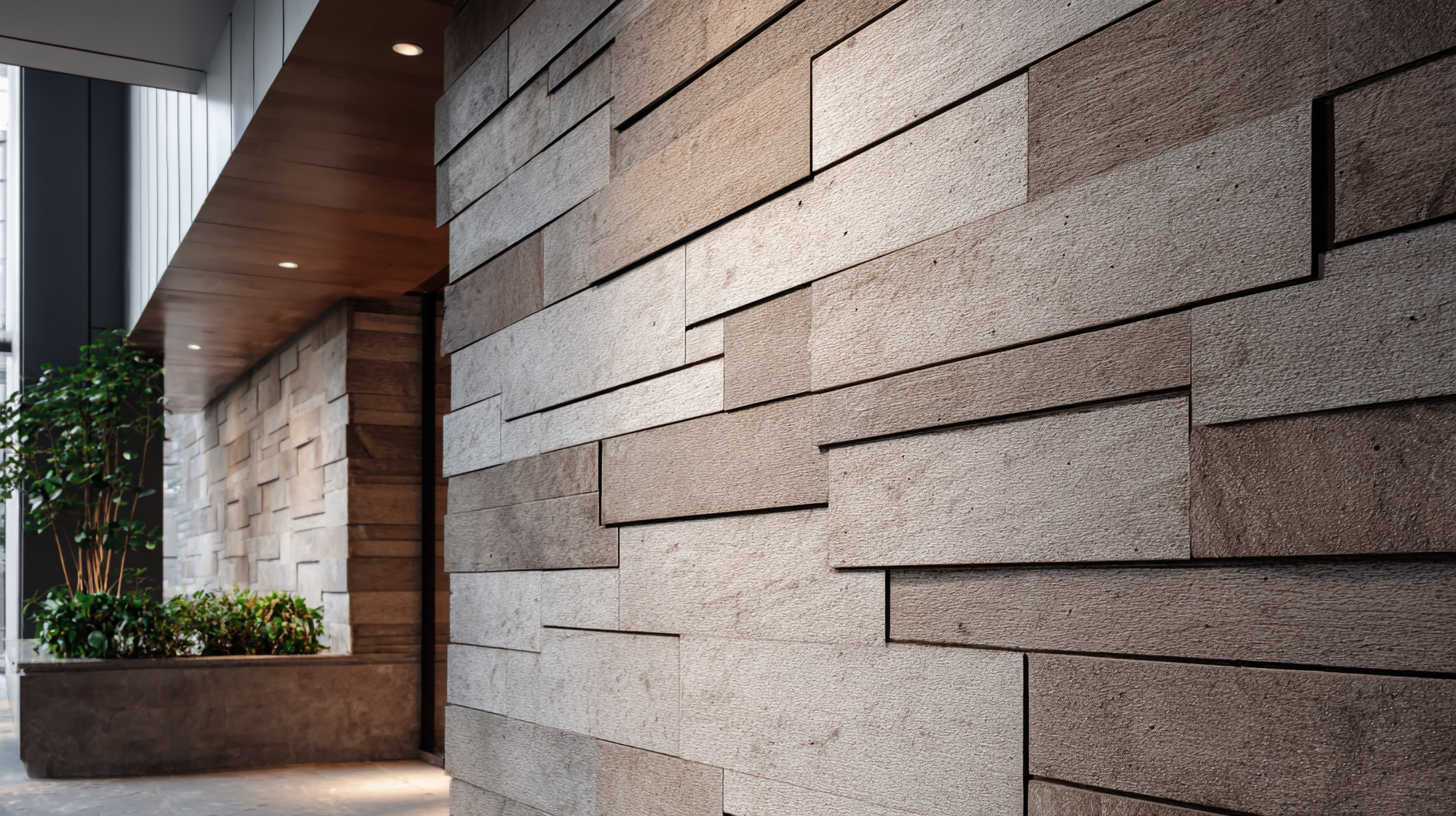
When it comes to modern building design, sustainable cladding solutions have emerged as vital components in enhancing energy efficiency. These innovative wall panels not only elevate the aesthetic appeal of structures but also contribute significantly to reducing thermal loss. High-performance materials like fiber cement, vinyl, and metal offer excellent insulation properties, allowing buildings to maintain consistent internal temperatures and reduce reliance on heating and cooling systems.
Moreover, the integration of sustainable cladding materials supports an eco-friendly approach to construction. Options such as reclaimed wood and composite panels made from recycled materials not only minimize environmental impact but also promote responsible resource usage. By choosing these sustainable solutions, architects and builders can create energy-efficient buildings that align with green building certifications, ultimately benefiting both occupants and the planet. Enhanced durability ensures that these cladding systems withstand various weather conditions while requiring minimal maintenance, making them a wise investment for long-term energy conservation.
